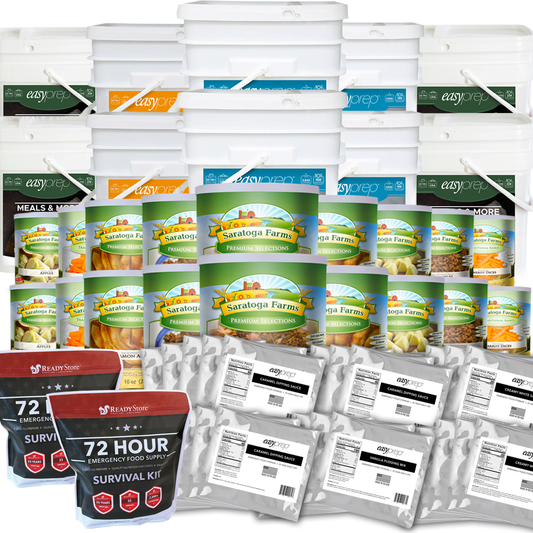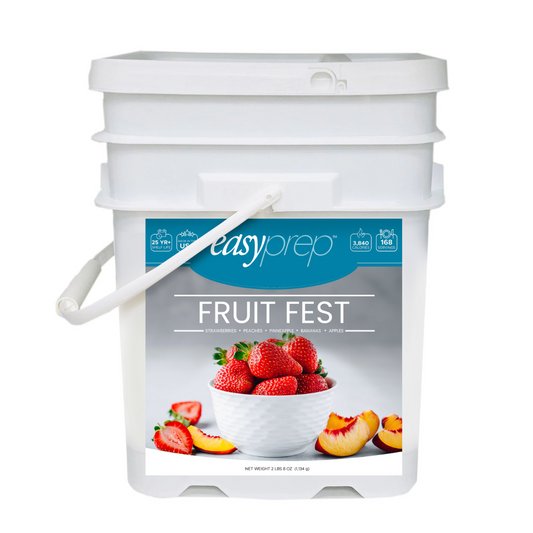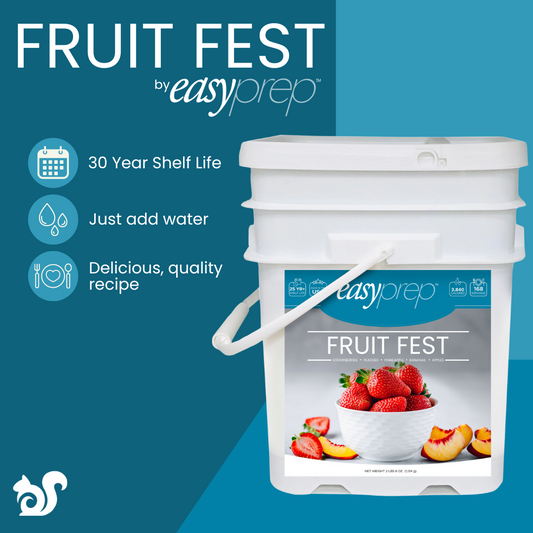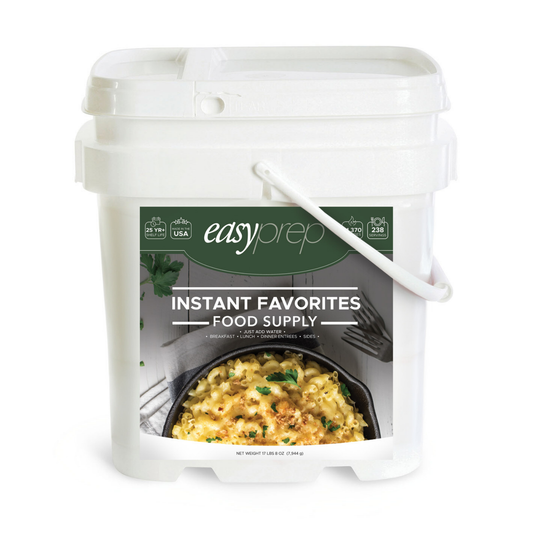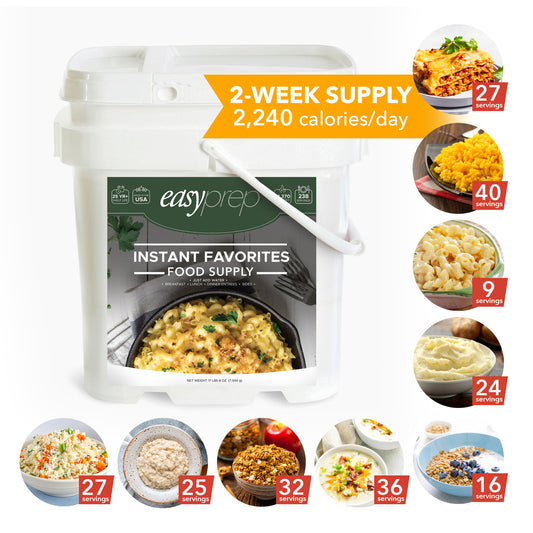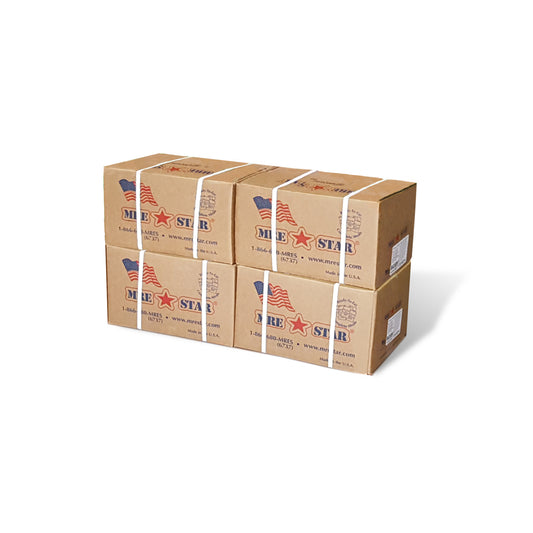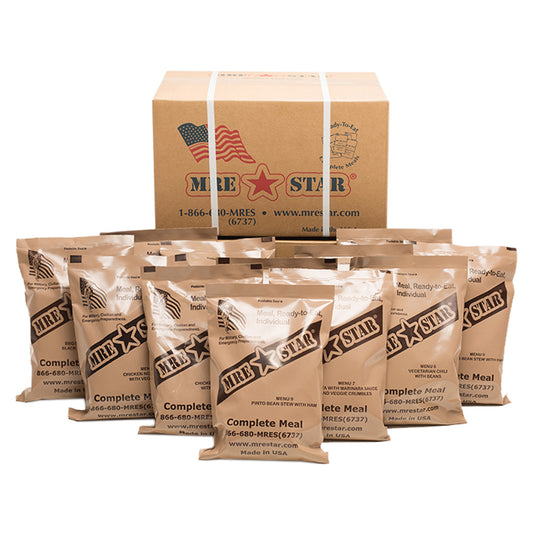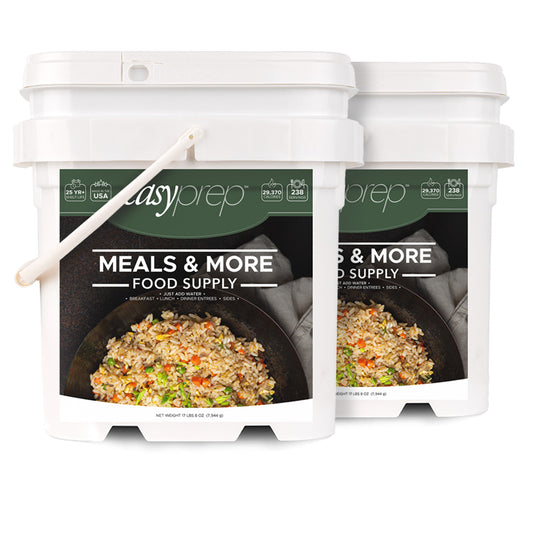What to Do Before, During and After a Flood
27 Jun 2012
Flooding is one of the most common natural disasters in the United States. Some floods can develop after hours and days of raining. Others can develop within only a few minutes!
Flood risk is based on a number of different factors. They include things like rainfall, river-flow, tidal-surge, local topography and more.
What is your flood risk?
There are a lot of great resources to determine your flood risk. The Federal Emergency Management Agency updates flood risk maps across the U.S. each year. They even have an interactive tool that you can use to determine flood risk in your area.
How to prepare before a flood
There are a few things that you can do to prepare against flooding. For example, avoid building your home in a floodplain unless you elevate the home.
If you live in a flood-risk area, be sure to elevate the furnace, water heater and electric panel in your home. You can also use instant sandbags to protect your home.
Consider building barriers to stop floodwater from entering the building and sealing your basement with waterproofing materials.
What to do during a flood
When the water is coming, it’s important to know what to do to keep you and your family safe. Stay up-to-date with flood and evacuation alerts by listening to the radio or television for information.
If time permits, be sure to close the main gas valve and other utilities before you leave your home. Be sure to have a survival kit ready for evacuations.
When you’re leaving the flood zone, avoid walking or driving through areas of six inches of water or more. Most cars will actually start floating within a few inches of water. Don’t try and go through the flood zone.
 What to do after a flood
Play it safe after a flood strikes your area. The water can have a huge impact on stability of roads and buildings that you thought were safe before. Before you go in any building that has been near a flood area, you should walk around the whole building.
Be sure to avoid floodwaters that are receding in your area. The water may be contaminated with oil and other raw sewage.
You’ll want to stay well-rested and up-to-date with the news. Be sure to listen to news and radio reports to ensure sure you are not in danger again.
Be sure to disinfect all items that got wet during your flood. Many of those items could have been contaminated with sewage and chemicals.
Cleaning and repairing your home
Here are some videos prepared by North Dakota State University on how to rebuild and things to look for when re-entering your home.
What to do after a flood
Play it safe after a flood strikes your area. The water can have a huge impact on stability of roads and buildings that you thought were safe before. Before you go in any building that has been near a flood area, you should walk around the whole building.
Be sure to avoid floodwaters that are receding in your area. The water may be contaminated with oil and other raw sewage.
You’ll want to stay well-rested and up-to-date with the news. Be sure to listen to news and radio reports to ensure sure you are not in danger again.
Be sure to disinfect all items that got wet during your flood. Many of those items could have been contaminated with sewage and chemicals.
Cleaning and repairing your home
Here are some videos prepared by North Dakota State University on how to rebuild and things to look for when re-entering your home.
Your suggestions
Many of us have had flooding issues, even if it wasn’t during a natural disaster. What would you recommend to help others during a flood?
 What to do after a flood
Play it safe after a flood strikes your area. The water can have a huge impact on stability of roads and buildings that you thought were safe before. Before you go in any building that has been near a flood area, you should walk around the whole building.
Be sure to avoid floodwaters that are receding in your area. The water may be contaminated with oil and other raw sewage.
You’ll want to stay well-rested and up-to-date with the news. Be sure to listen to news and radio reports to ensure sure you are not in danger again.
Be sure to disinfect all items that got wet during your flood. Many of those items could have been contaminated with sewage and chemicals.
Cleaning and repairing your home
Here are some videos prepared by North Dakota State University on how to rebuild and things to look for when re-entering your home.
What to do after a flood
Play it safe after a flood strikes your area. The water can have a huge impact on stability of roads and buildings that you thought were safe before. Before you go in any building that has been near a flood area, you should walk around the whole building.
Be sure to avoid floodwaters that are receding in your area. The water may be contaminated with oil and other raw sewage.
You’ll want to stay well-rested and up-to-date with the news. Be sure to listen to news and radio reports to ensure sure you are not in danger again.
Be sure to disinfect all items that got wet during your flood. Many of those items could have been contaminated with sewage and chemicals.
Cleaning and repairing your home
Here are some videos prepared by North Dakota State University on how to rebuild and things to look for when re-entering your home.
 Inspecting the outside of the structure
Inspecting the outside of the structure
|
 Entering the home for the first time
Entering the home for the first time
|
 Drying out
Drying out
|
 Mechanical systems
Mechanical systems
|
 Electrical issues
Electrical issues
|


